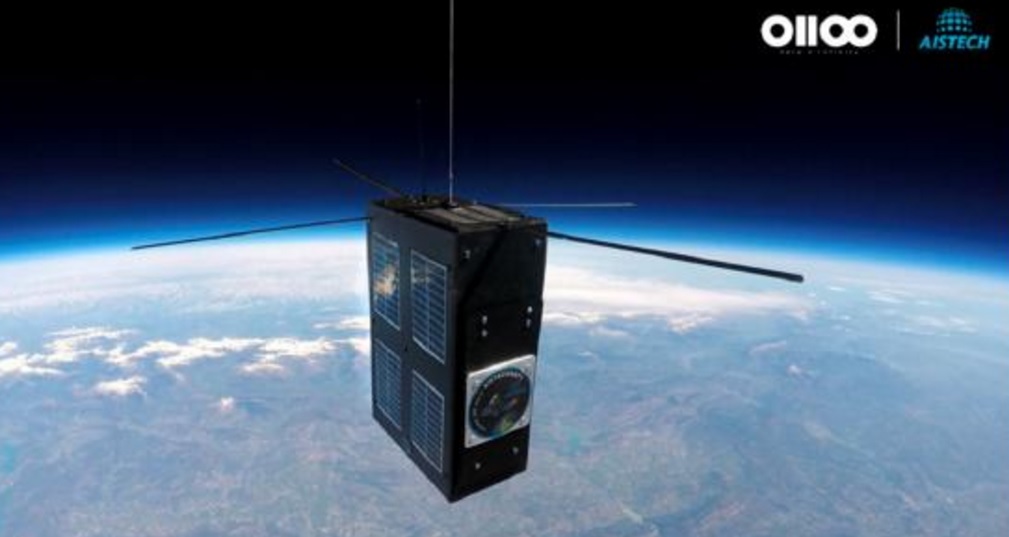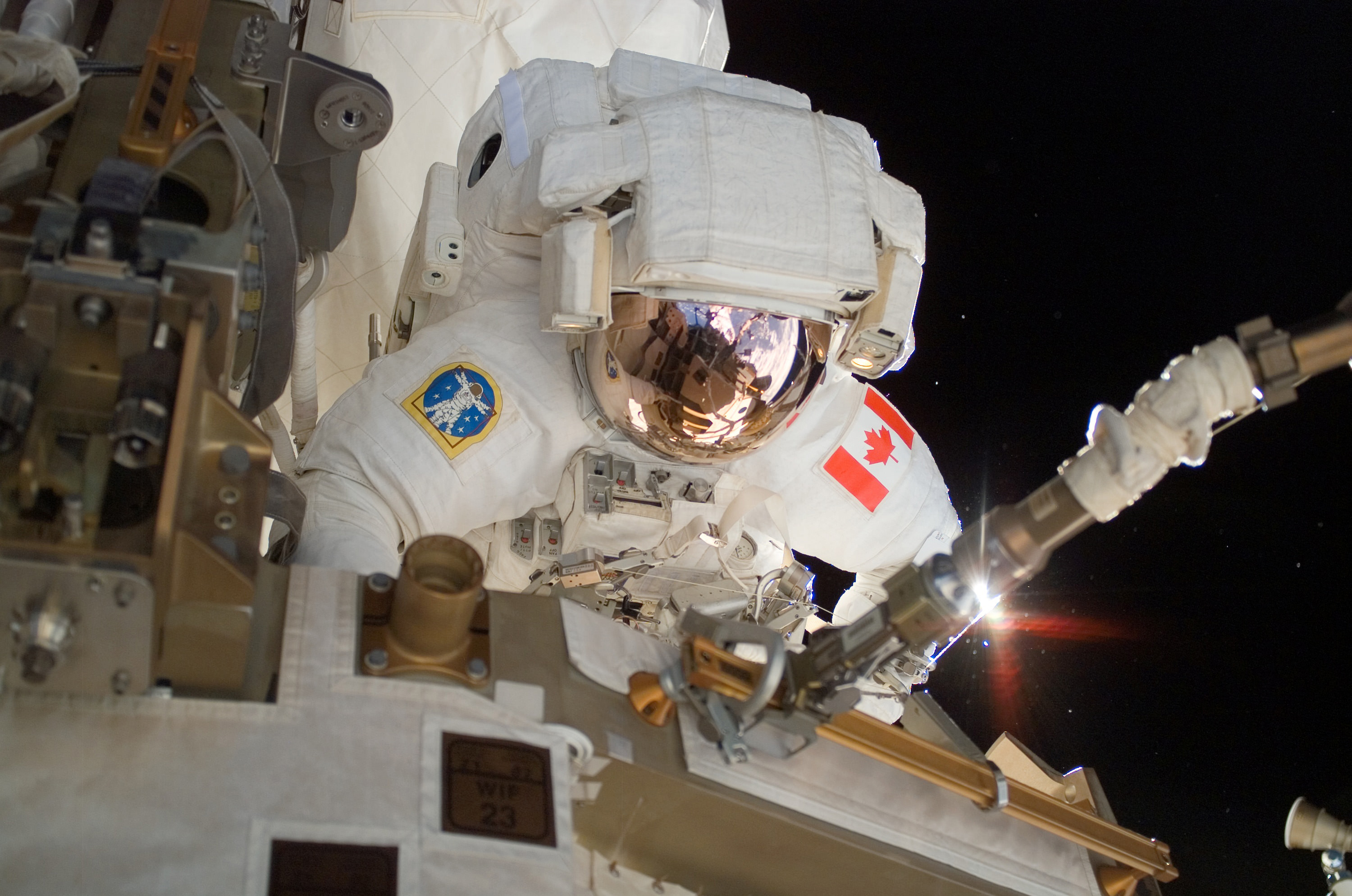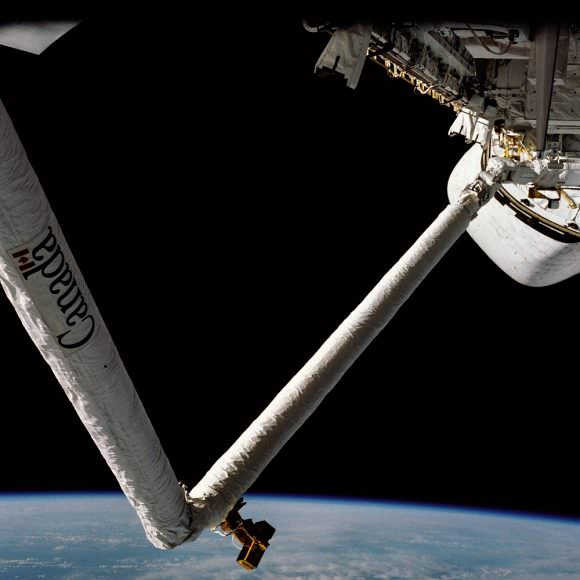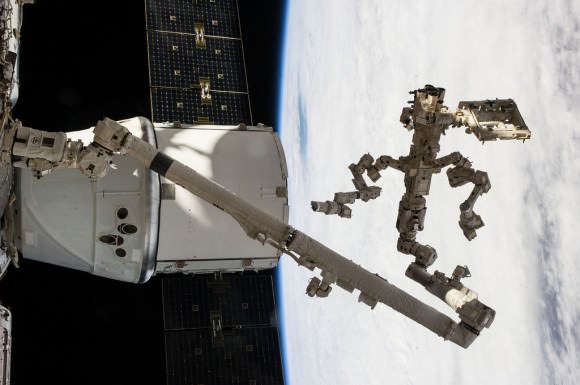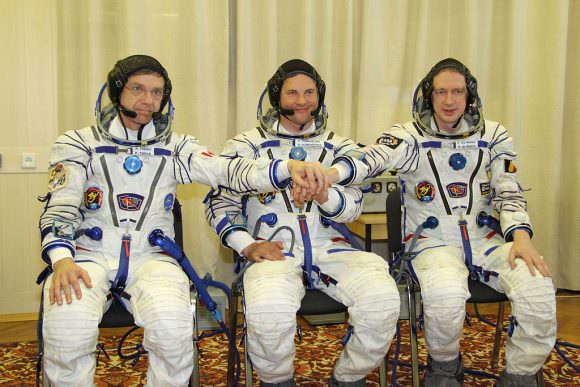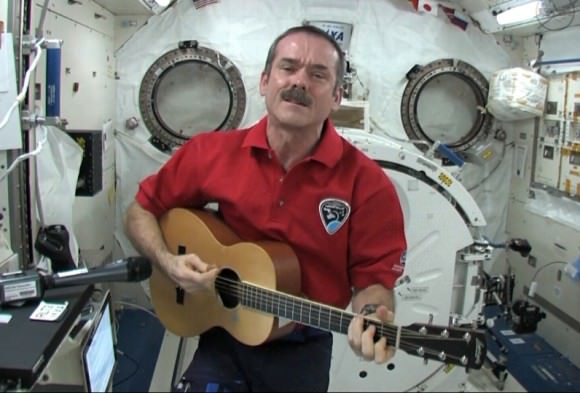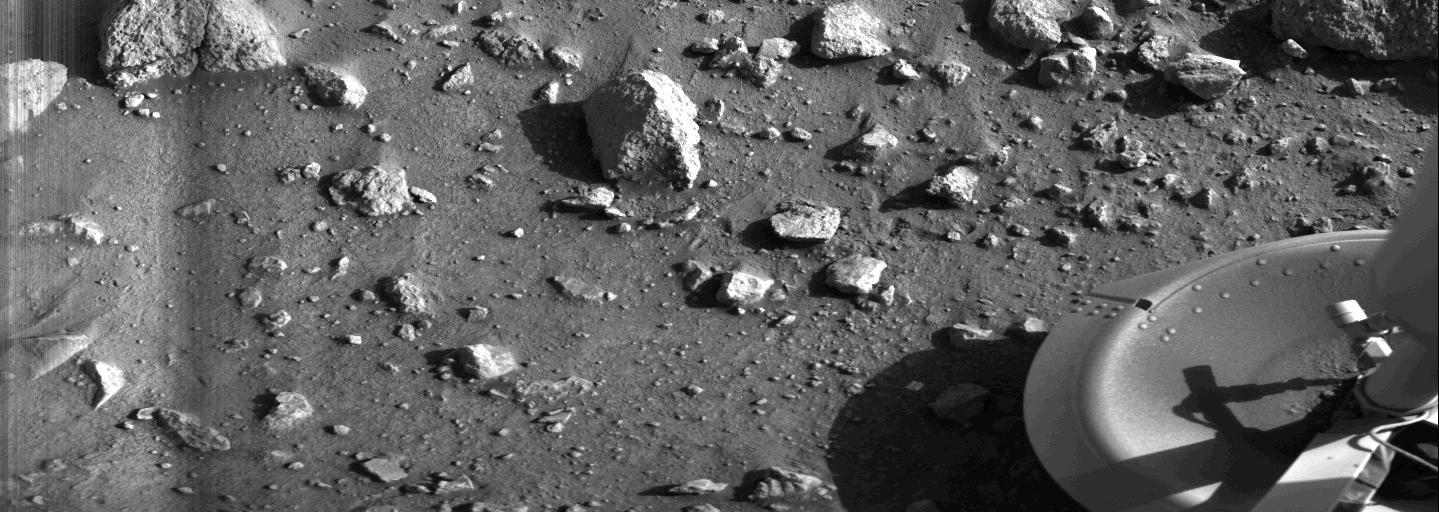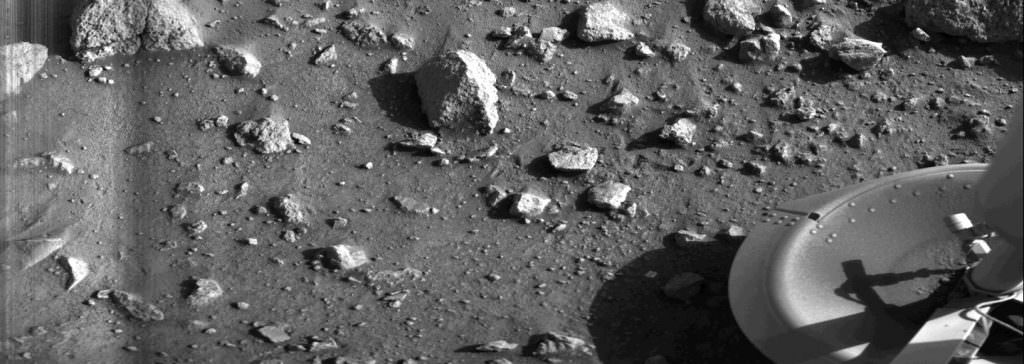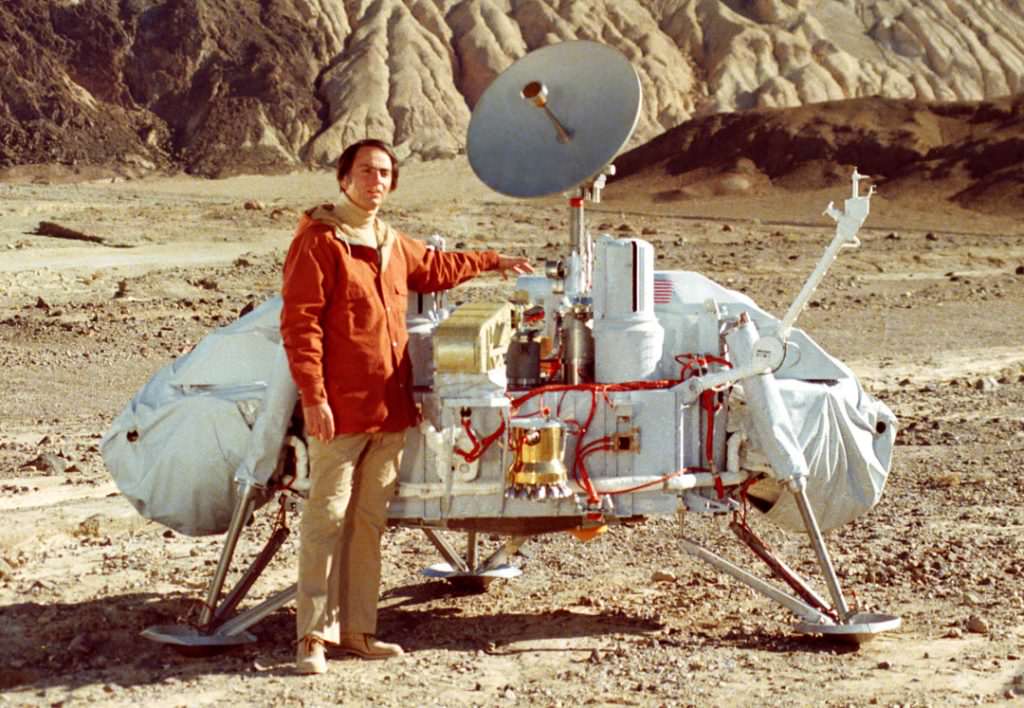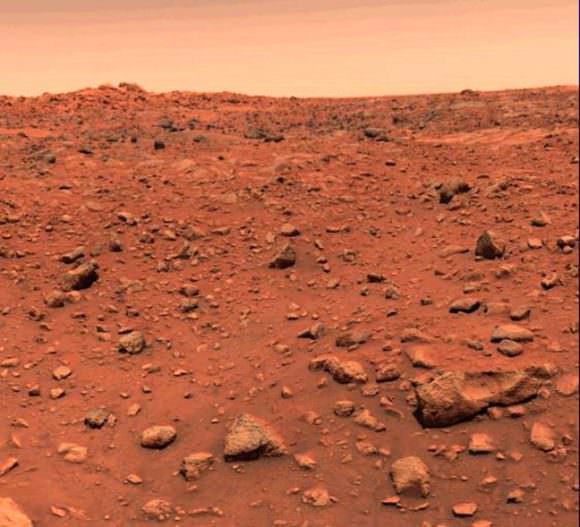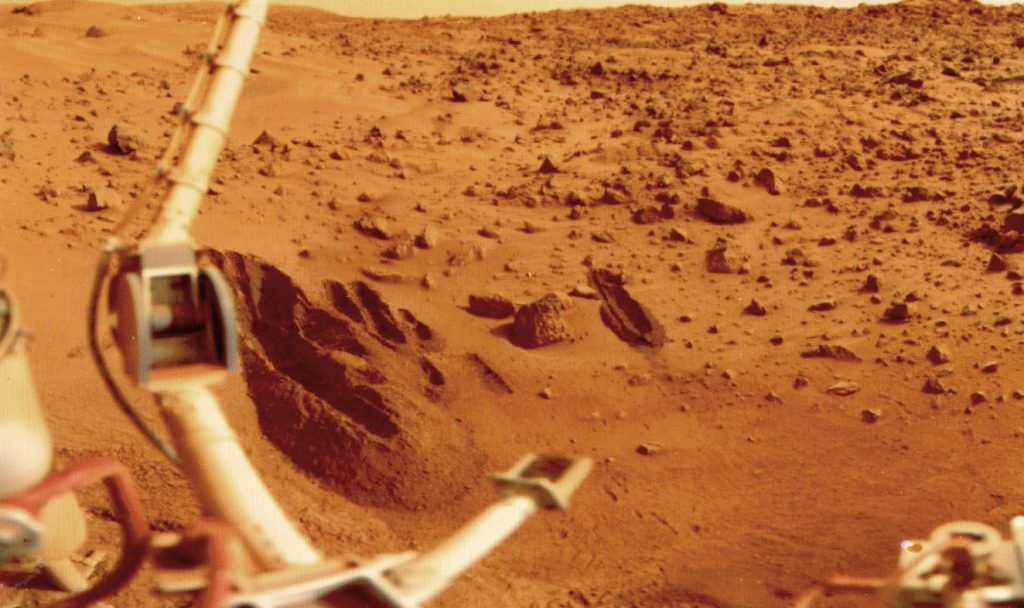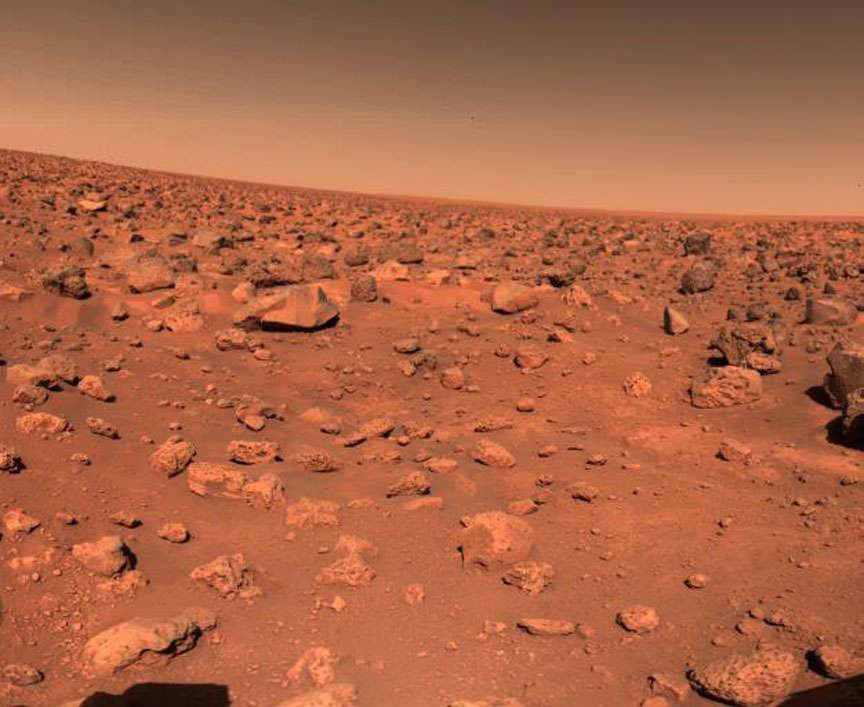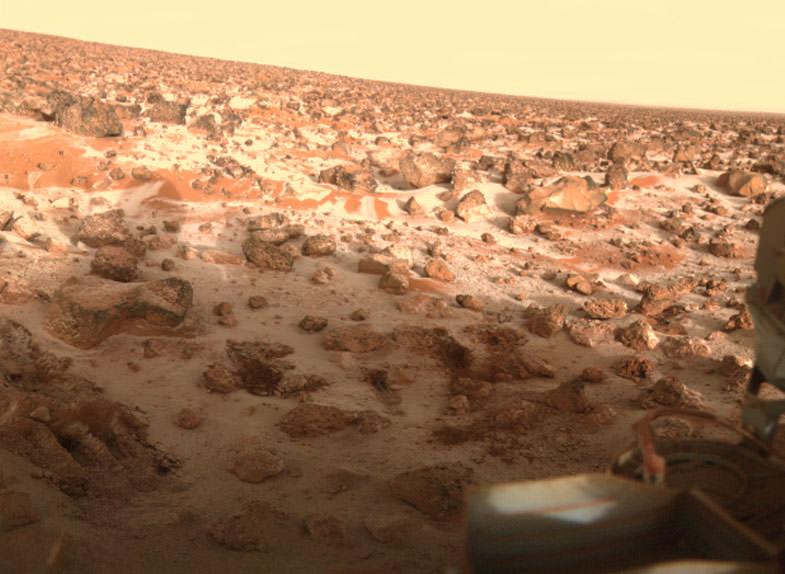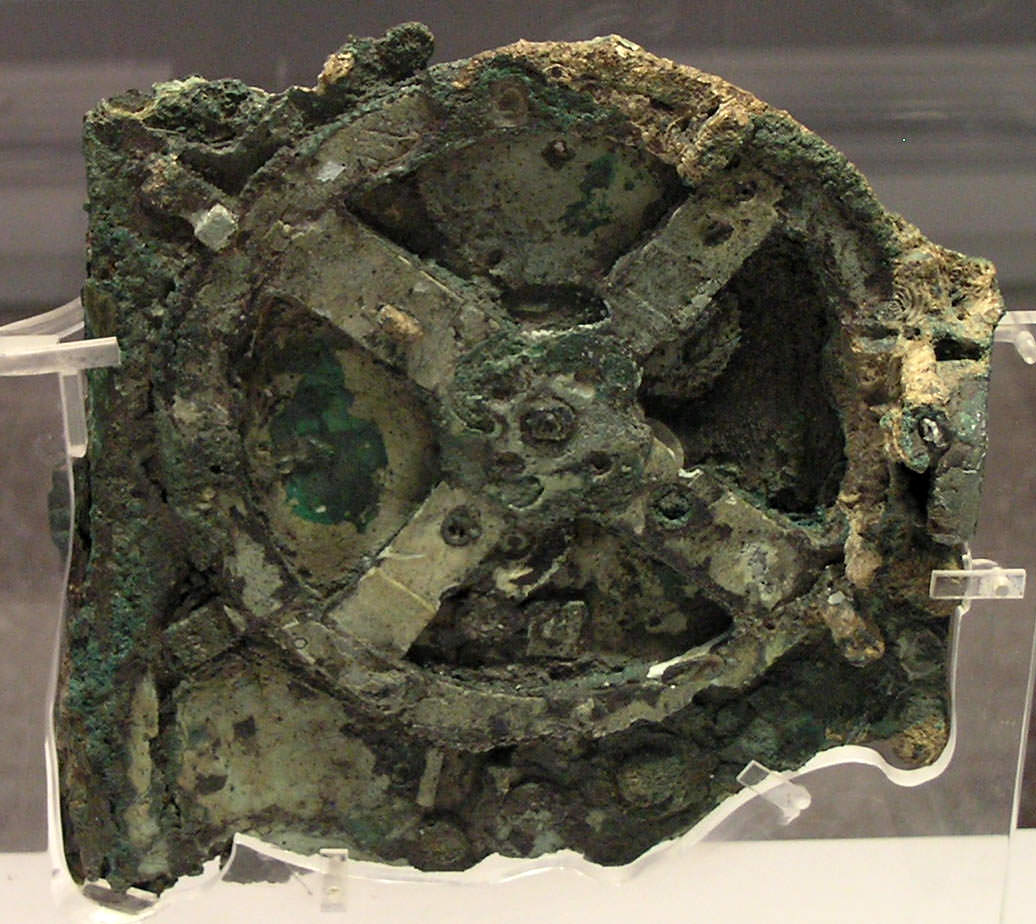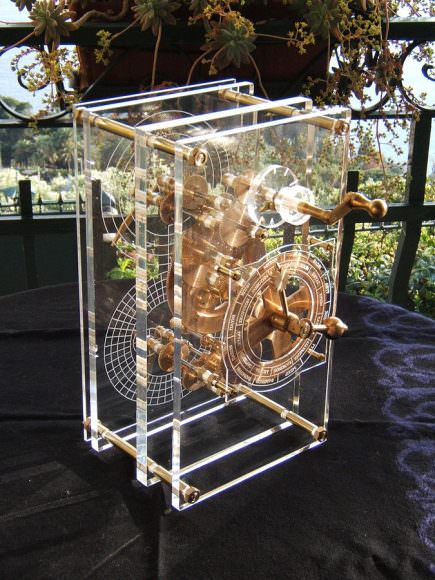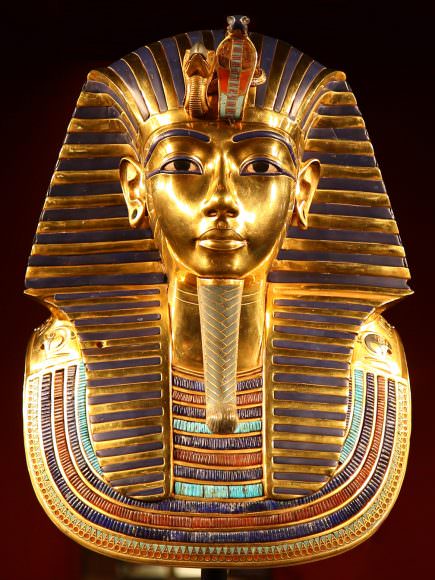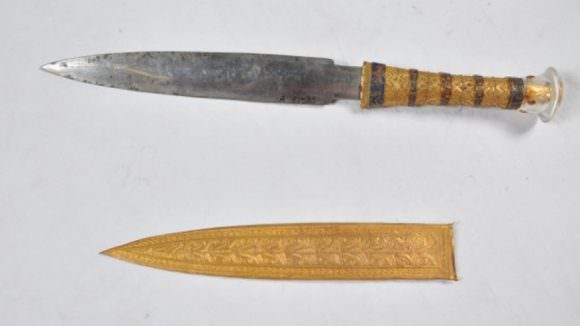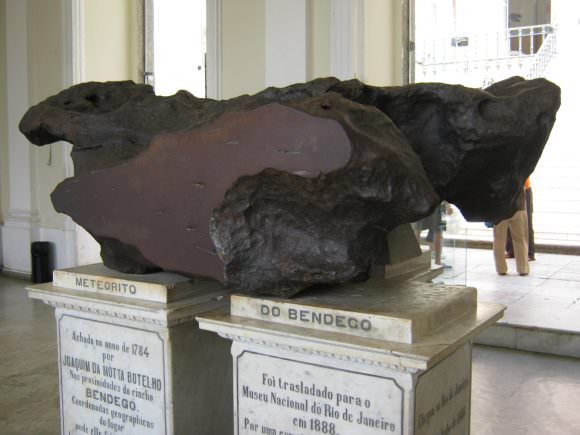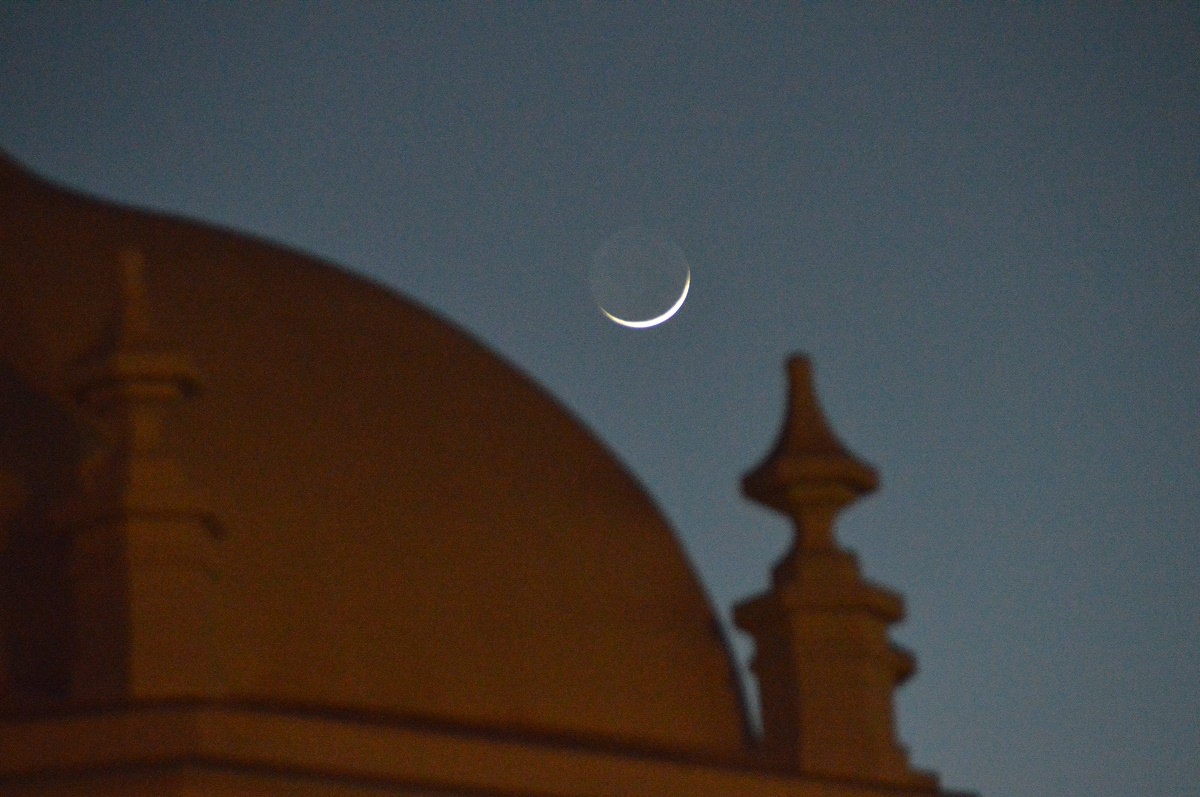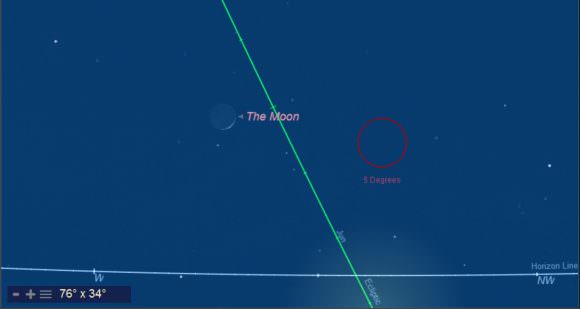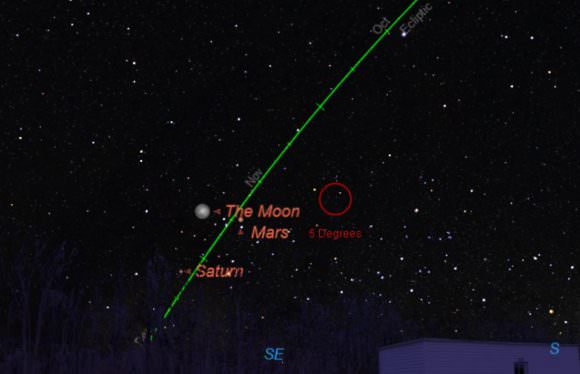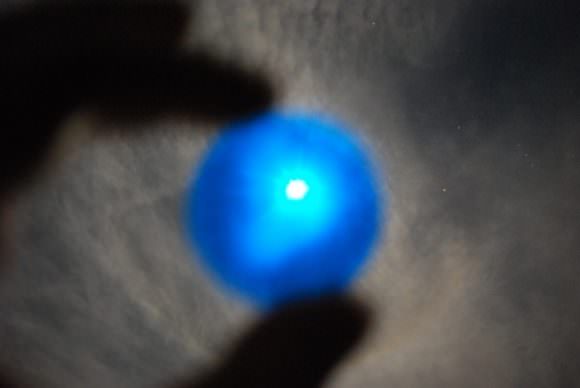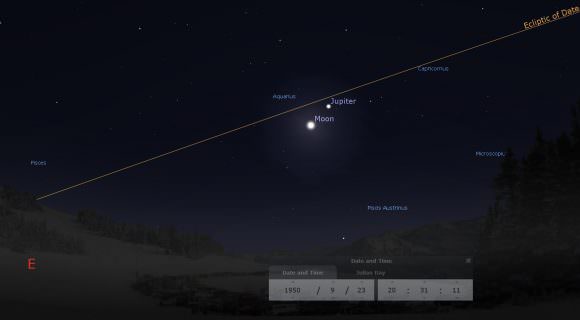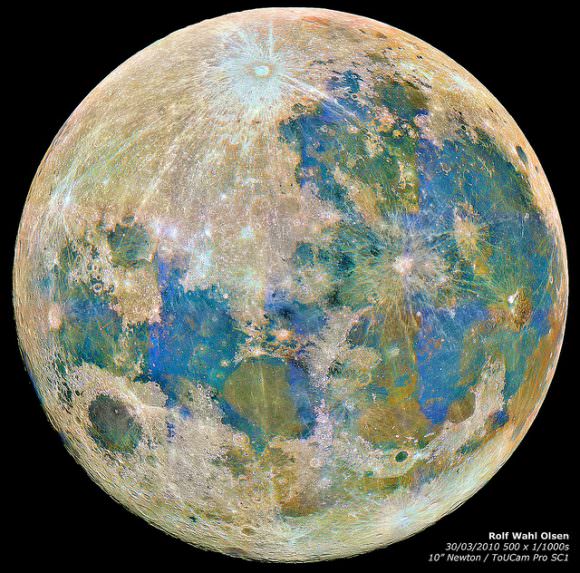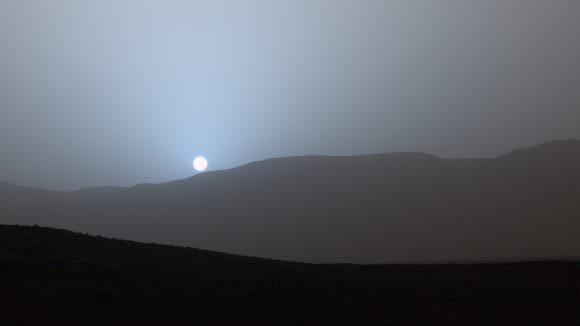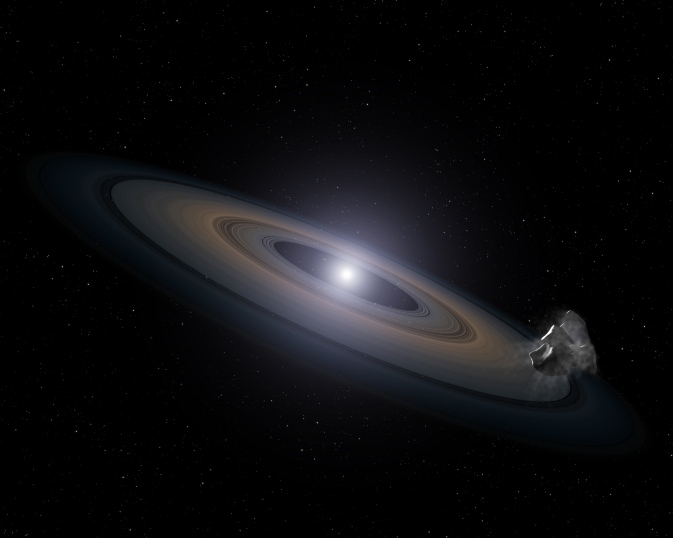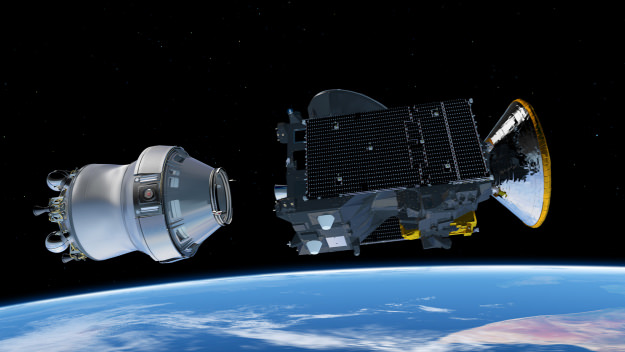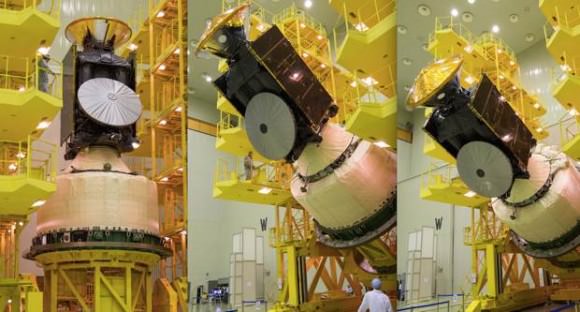Is there a better way to get to space? Current traditional methods using expendable rockets launching from the surface of the Earth are terribly inefficient. About 90% of the bulk and mass of what you see on the launch pad is expended in the first few minutes of the mission, just getting the tiny payload above the murk of Earth’s atmosphere and out of the planet’s gravity well.
One idea that’s been out there for a while is to loft a launch platform into the upper atmosphere, and simply start from there. One Spanish-based company named Zero2infinity plans to do just that.
Recently, on May 20th, 2016, Zero2infinity lofted Aistech’s first satellite into the upper atmosphere, aboard its Sub-Orbital Platform in Near Space balloon system. Zero2infinity uses these Near Space balloons to carry client payloads up above 99% of the Earth’s atmosphere. This is a cheap and effective way to get payloads into a very space-like environment.
These near Space Balloon platforms typically reach an altitude of 28 kilometres (17 miles) above the surface of the Earth. For reference, the Armstrong Line (where the boiling point of water equals human body temperature) starts 18 kilometers up, and the Kármán line — the internationally recognized boundary where space begins — starts at an altitude of 100 kilometers, or 62 miles up.
Most satellites in Low Earth Orbit (LEO) go around the Earth 300 to 600 kilometers up, and the International Space Station resides in a 400 by 400 kilometer standard orbit.
The mission of Aistechsat-1 is to “provide thermal images of the Earth and also help with maritime and aeronautical tracking,” Zero2infinity representative Iris Silverio told Universe Today via email. Zero2infinity plans on conducting another balloon test with Aistechsat-1 later this month on an as yet to be announced date. The final decision all hinges on the weather and the wind speeds aloft.
Aistech envisions a constellation of 25 such nanosatellites encircling the planet.
Zero2infinity also has a grander vision: eventually launching satellites into Low Earth Orbit via balloon. Known as Bloostar, this system would loft a three stage rocket with the company’s existing and proven Near Space balloon technology. The ‘launch’ would occur high in the upper atmosphere, as the engines take over to get the payload into orbit.
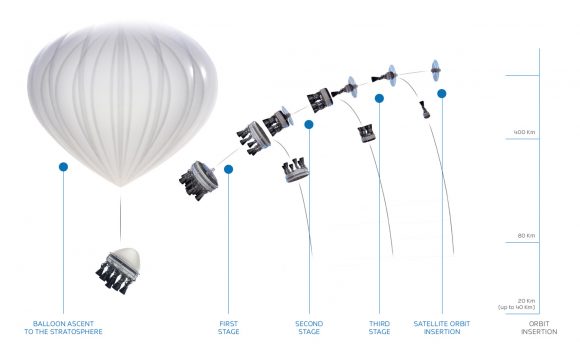
The idea is certainly attractive. Dubbed a ‘shortcut to space,’ the three engine booster rings depicted are a fraction of the size of typical rocket stages. The toroid ring-shaped stages are simply nestled one inside the other, like Russian dolls. Zero2infinity also envisions scaling its ‘Bloon’ platform for micro and nano payloads… and I’ll bet that a Bloostar atmospheric launch will be an interesting spectacle to watch with binoculars from the ground, especially around dawn or dusk.
Another possible advantage includes a much more spacious payload nose cone, meaning no more folding of satellites for launch and unfolding them in orbit. More than a few payloads have suffered setbacks because of this, including the Galileo mission to Jupiter, whose main antenna failed to unfurl completely in 1990.
According to an email discussion with Zero2infinity representative Silverio, the first commercial Bloostar launch is set for 2019, with possible orbital trials starting as early as 2018. Bloostar deployments will occur off the coast of the Canary Islands in the Atlantic. The initial Bloostar launcher will deploy payloads up to 75 kilograms in a 600 kilometer orbit around the Earth.
Rise of the Rockoons
The idea of conducting launches via balloon, known as a ‘rockoon,’ has been around for a while. Thus far, only sub-orbital launches have been conducted in this manner.
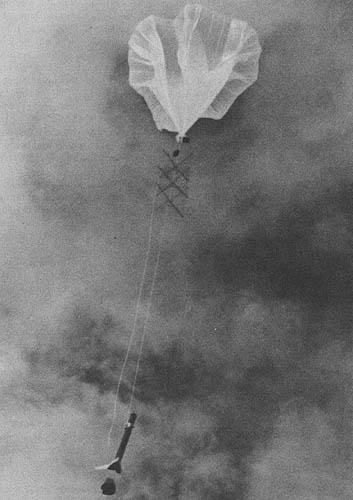
The first balloon-based launch of a rocket occurred on August 9th, 1953, when a Deacon rockoon successfully carried out a sub-orbital launch high over the Atlantic Ocean. Though several companies have kicked around the idea of launching an orbital satellite via balloon-based platform, Zero2infinity might just be the first to actually accomplish it. The United States Department of Defense has considered the idea of launching satellites (and satellite-killing missiles) via the U.S. Air Force’s high flying F-15 Eagle aircraft. Orbital Sciences does currently use its Pegasus-XL rocket carried aloft by a L1011 aircraft to place satellites in orbit. That’s how NASA’s NuSTAR X-ray telescope got into space in 2012.
There is one main problem facing balloon-based space launches: weather. Unlike aircraft, balloons are often at the whims of the winds aloft, and sometimes stubbornly refuse to go where you want them to. Often, an orbital launch will need to target a precise azimuth heading, a tricky sort of pointing to do from underneath a balloon. Still, we’ve already seen precedent for overcoming this in the effective pointing of balloon-based telescopes, such as the BLAST telescope.
Bloostar might just provide an innovative and cost-effective way to head into orbit, very soon.
-Check out this 2014 article from Universe Today on Zero2Infinity.
-Zero2Infinity also caught last year’s total solar eclipse over the Arctic from aloft.

